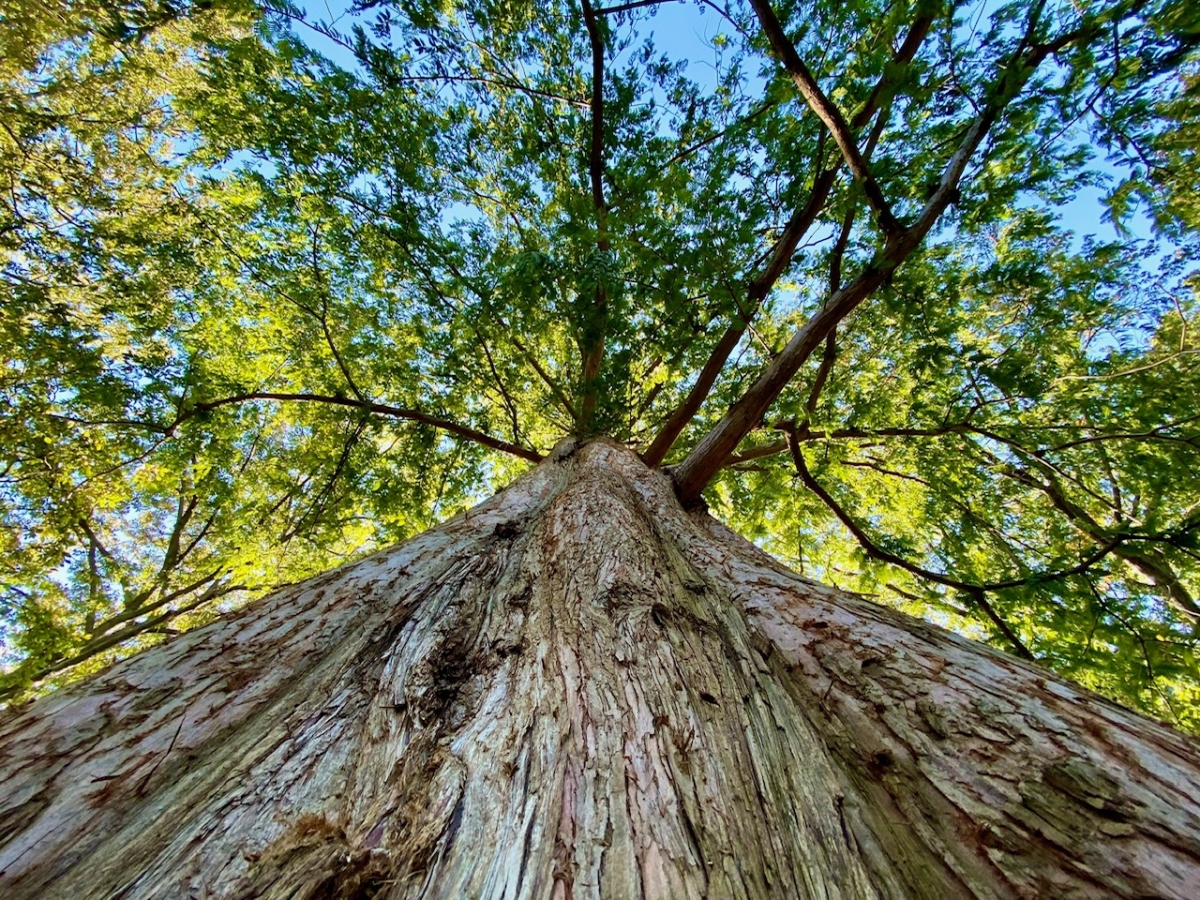

Landscape Use: The Dawn Redwood is highly valued as an ornamental tree in gardens, parks, and landscapes. The tree's survival and subsequent cultivation have contributed to its conservation and ongoing study. Its discovery in China was a major botanical event, as it was previously only known through fossil records. It is known to be tolerant of wet or swampy conditions and can handle periodic flooding.Ĭonservation Value: The Dawn Redwood is of significant botanical and conservation interest due to its unique history and status as a living fossil. It is relatively adaptable and can grow in various soil types.
#METASEQUOIA GLYPTOSTROBOIDES LOSE THEIR LEAVES FULL#
It prefers full sun but can tolerate some partial shade. Growing Conditions: The Dawn Redwood thrives in moist, well-drained soils. It was thought to be extinct until living specimens were discovered in the 1940s in a remote area of China. Habitat: The Dawn Redwood is native to certain regions of China, but it has been widely cultivated in many other parts of the world. The leaves are bright green during the growing season and turn a beautiful orange-brown or coppery color in the fall before they drop.īark: The bark of the Dawn Redwood is reddish-brown and becomes deeply furrowed with age, adding to the tree's visual appeal. They are arranged in an opposite or alternate pattern along the branches. The leaves are deciduous and appear feathery and fern-like. The trunk is straight and can become quite substantial in diameter.įoliage: The foliage of the Dawn Redwood is one of its distinct features. It has a pyramidal shape when young, but with age, it develops a more columnar or broadly conical form. Here is some information about the Dawn Redwood:ĭescription: The Dawn Redwood is a tall, fast-growing tree that can reach impressive heights of 70 to 100 feet (21 to 30 meters) or more. It is a living fossil species and is considered one of the remarkable discoveries in the plant world. Metasequoia glyptostroboides (Dawn Redwood) is a deciduous conifer tree belonging to the Cupressaceae family. Today, the Dawn Redwood is not only cherished for its aesthetic appeal but also valued for its ecological benefits, such as providing shade, sequestering carbon, and supporting biodiversity.


It has also contributed to our understanding of the Earth's history and the evolution of plant life. The Dawn Redwood is an excellent example of a living fossil, as it provides a glimpse into the ancient past. It is commonly planted in parks, gardens, and landscapes, adding a touch of prehistoric charm to the surroundings. It quickly became a popular ornamental tree due to its unique characteristics, including its beautiful foliage and rapid growth. In favorable conditions, it can live for several centuries.Ĭultural Significance: The discovery of living Dawn Redwood trees in China in the 1940s created great excitement among botanists and horticulturists worldwide. It can grow up to 1 to 1.5 meters (3 to 5 feet) per year. Growth Rate and Longevity: The Dawn Redwood is known for its fast growth rate, particularly in its early years. The tree prefers moist, well-drained soils and is often found near streams, riverbanks, and wetlands. It is commonly found in the low-lying, humid regions of central and southwestern China. Habitat: The Dawn Redwood is native to China and was thought to be extinct for millions of years until living specimens were discovered in the 1940s. Each cone contains numerous tiny, winged seeds. These cones initially have a greenish color, but they turn brown and woody as they mature. The ridges have a fibrous, peeling texture, adding visual interest to the trunk and branches.Ĭones: The tree produces small, spherical cones that are about 1.5 to 2.5 centimeters (0.6 to 1 inch) in diameter. In autumn, the foliage undergoes a stunning transformation, turning various shades of yellow, orange, and reddish-brown before falling off.īark: The bark of the Dawn Redwood is reddish-brown or grayish-brown and develops deep furrows and ridges as the tree matures. Each leaf is fern-like and composed of small, flat, needle-like leaflets that are bright green in spring and summer. The leaves are deciduous and arranged in opposite pairs along the branches. The tree's overall form becomes more spreading and broad with age.įoliage: The foliage of the Dawn Redwood is one of its most remarkable features. It has a distinctive conical to pyramidal shape, with a straight, upright trunk that tapers towards the top. Size and Shape: The Dawn Redwood is a large tree that can reach impressive heights of 25 to 45 meters (80 to 150 feet) and occasionally taller. It is a unique and fascinating species with an interesting history: Metasequoia glyptostroboides (Dawn Redwood) is a deciduous coniferous tree that belongs to the family Cupressaceae.


 0 kommentar(er)
0 kommentar(er)
